Yoga is much more than any fitness trend; it is a beautiful journey where you connect with your mind, body and soul. Yoga goes beyond stretching and bending; it encompasses discovering new depths within yourself, unlocking inner peace, nurturing balance, and achieving profound self connection. Whether you’re looking to reduce stress, become more flexible, or simply try something new, yoga offers something for everyone.
But, stepping into your first yoga class can feel a little intimidating. We've all asked ourselves, 'What should you wear? How should you prepare? Will I be able to keep up with the rest of the group?' These questions are absolutely normal for everyone, but it's okay to feel unsure at first. At Om Shanti Om Yoga, we believe your first yoga class should be a calming, positive, and empowering experience. In this blog we’ll guide with 10 easy tips to help you feel ready, confident, and excited for your first step on the mat.
How to Prepare You for Your First Yoga Class (10 Tips)
Starting yoga for the first time can feel both exciting and a little intimidating. To help you feel confident and ready, here are 10 practical tips that will guide you through your first class with ease and enjoyment:-

- Invest in Quality Yoga Wear:- Wearing comfortable and breathable clothing is essential for a smooth yoga practice. Choose semi-fitted tops and bottoms made from cotton or polyester blends that allow flexibility and airflow. Avoid overly loose clothes as they can get in the way during poses, and tight clothes that restrict movement. Good quality yoga wear helps you stay focused without distractions from itchy or uncomfortable fabrics. Investing in durable yoga wear also means your clothes will last longer and retain comfort even after multiple washes.
- Practice Yoga Barefoot:- Yoga is traditionally practiced barefoot to connect you with the earth and improve balance. Going barefoot enhances grip on your mat, which is crucial for stability during poses. It also helps ground your energy and brings a sense of humility and respect to the practice. Though it may feel odd initially, barefoot yoga improves your overall experience and performance. This connection to the ground can also stimulate nerve endings in your feet, promoting better circulation and body awareness.
- Choose the Right Yoga Style for You:- Yoga offers many styles — from energetic flows like Vinyasa to calming and restorative types like Yin Yoga. Think about your goals: Are you aiming to build strength, increase flexibility, reduce stress, or heal? Beginners often start with Hatha Yoga to learn foundational poses and breathing. Exploring different styles helps you find the one that best matches your needs and interests. Trying out various classes or watching online sessions can help you discover what resonates most with your body and mind.
- Synchronize Movement with Breath:- Breath is central to yoga practice. Coordinating your breath with your movements improves focus and calms the mind. When distracted, bring your attention back to slow, deep inhales and exhales. Breath work, or pranayama, combined with asanas and meditation creates harmony between body and mind, making your practice more effective and enjoyable. Remember, controlled breathing also supports endurance during challenging poses and helps reduce stress outside the yoga mat.
- Yoga is More Inward Then Outward:- While yoga involves physical poses, its true purpose is self-exploration and inner harmony. It’s a spiritual journey that helps you connect deeply with your mind, body, and soul through breath and mindfulness. Regular practice cultivates calmness, self-awareness, and emotional balance beyond just physical fitness. Over time, yoga can become a tool for navigating life’s challenges with greater ease and resilience.
- Don’t Compete Over Pose Perfection:- Yoga isn’t a contest. It’s about honoring your body’s limits and practicing self-compassion. Avoid comparing yourself with others in class. Focus on your own progress, trying your best without forcing your body. The effort and consistency matter more than perfect execution, leading to long-term benefits for mind and body. Celebrate small improvements and remember that every practitioner’s journey is unique.
- Communicate Openly with Your Teacher:- Be honest with your instructor about any injuries, health issues, or discomfort. This helps them guide you safely and adapt poses as needed. Clear communication prevents injuries and makes your learning experience more supportive and effective, especially when starting out. Don’t hesitate to ask questions or request modifications — a good teacher welcomes your openness and wants to support your growth.
- Cultivate Self-Discipline:- A teacher can guide you, but your progress depends on your dedication and effort. Consistent practice, patience, and commitment are key to mastering yoga. Self-discipline helps you overcome challenges and grow both physically and mentally on your yoga journey. Remember, progress in yoga often comes gradually — staying committed through ups and downs is what builds lasting strength and peace.
- Maintain a Healthy Diet:- What you eat directly affects your energy and how well you practice yoga. A balanced diet rich in fruits, vegetables, whole grains, nuts, and seeds supports your body and mind. Avoid heavy or processed foods before practice, as they can weigh you down and reduce your focus and stamina. Staying hydrated and eating mindfully complement your yoga routine and contribute to overall wellness.
- Don’t Skip Savasana (Corpse Pose):- The final relaxation pose, savasana, is vital for integrating the benefits of your practice. It allows your body and mind to absorb the effects of the session and promotes deep relaxation. Skipping savasana shortchanges your practice — taking time to rest at the end helps rejuvenate you physically and mentally. It’s a moment to let go completely, restore energy, and prepare your mind for the rest of your day with calm clarity.
Read Also:- Yoga Asanas Poses for Weight Loss
Benefits of Yoga Classes
Yoga is much more than physical exercise—it’s a complete system that nurtures your entire being. Here are some of the transformative benefits you can expect as you begin your yoga practice:

- Improves Flexibility and Strength:- Yoga gently stretches your muscles, improves joint mobility, and builds muscle strength. Over time, even beginners notice increased suppleness and stamina that make everyday movements easier and more comfortable.
- Reduces Stress and Anxiety:- Through breathwork (pranayama) and mindful movement, yoga activates your parasympathetic nervous system, which calms your mind and reduces cortisol levels—the body’s primary stress hormone. This can lead to better sleep, improved mood, and greater emotional resilience.
- Enhances Mind-Body Awareness:- Yoga encourages you to tune into your body and breath, helping you become more aware of your physical sensations, emotions, and thoughts. This awareness cultivates mindfulness, improves focus, and encourages healthier habits both on and off the mat.
- Boosts Cardiovascular and Respiratory Health:- Certain styles of yoga, such as Vinyasa or Power Yoga, can get your heart rate up, improving cardiovascular endurance. The deep breathing exercises also increase lung capacity and promote better oxygen exchange, supporting overall respiratory health.
- Supports Pain Relief and Injury Prevention:- By aligning your body and strengthening supportive muscles, yoga can reduce chronic pain conditions, such as lower back pain, arthritis, and headaches. It also teaches body mechanics that help prevent injuries during daily activities or other workouts.
- Cultivates Balance and Coordination:- Yoga poses challenge your balance and coordination, which enhances your proprioception—the sense of your body’s position in space. This can reduce falls and improve athletic performance.
- Promotes Spiritual Growth and Inner Peace:- Beyond the physical benefits, yoga offers a spiritual path. Through meditation and self-reflection, it can deepen your connection to yourself and the universe, fostering compassion, gratitude, and inner peace.
Read Also:- Drop-in Yoga Classes in Rishikesh
Final Thoughts
Walking into your first yoga class may feel like stepping into the unknown—but it can also be the start of something truly special. Yoga is not just about stretching or poses; it’s about discovering a deeper connection with yourself and finding peace in both your body and mind. At Om Shanti Om Yoga, we welcome everyone with open hearts—no matter your age, experience, or flexibility. You don’t need to be perfect or know everything. All you need is the willingness to try, to breathe, and to be kind to yourself along the way.

Starting yoga can open the door to better health, more calm in your daily life, and a stronger sense of who you are. Be patient with yourself, enjoy each step of the journey, and know that every time you come to the mat, you’re doing something good for your body, mind, and soul. So take a deep breath, relax, and let your yoga journey begin. We’re here to support you every step of the way.









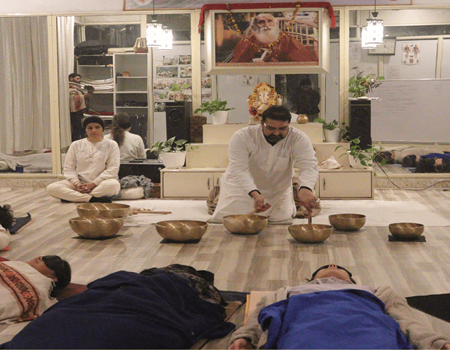
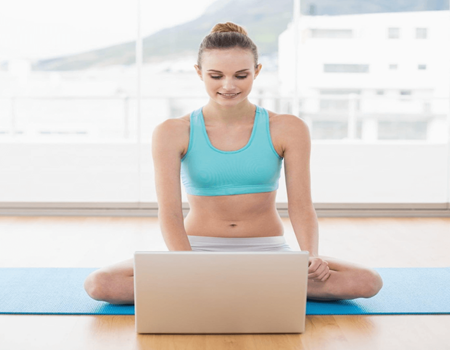
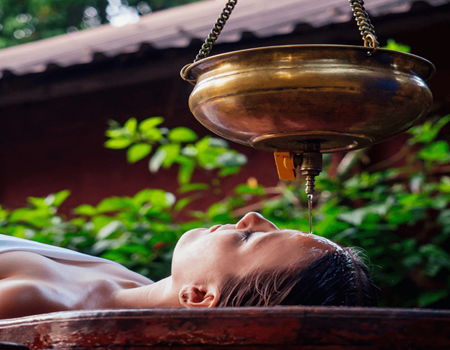
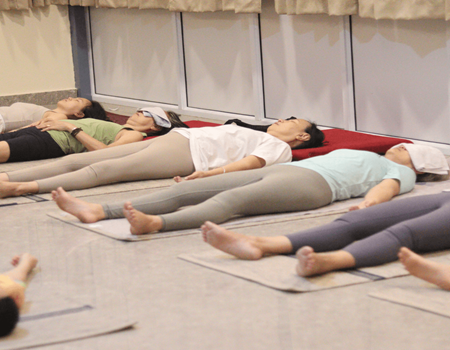
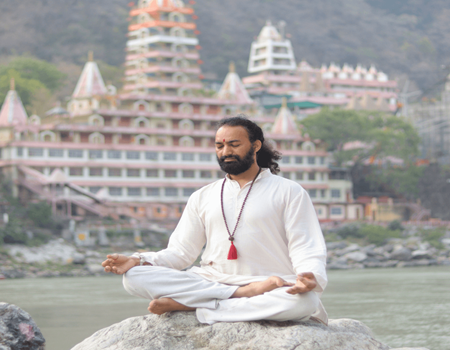
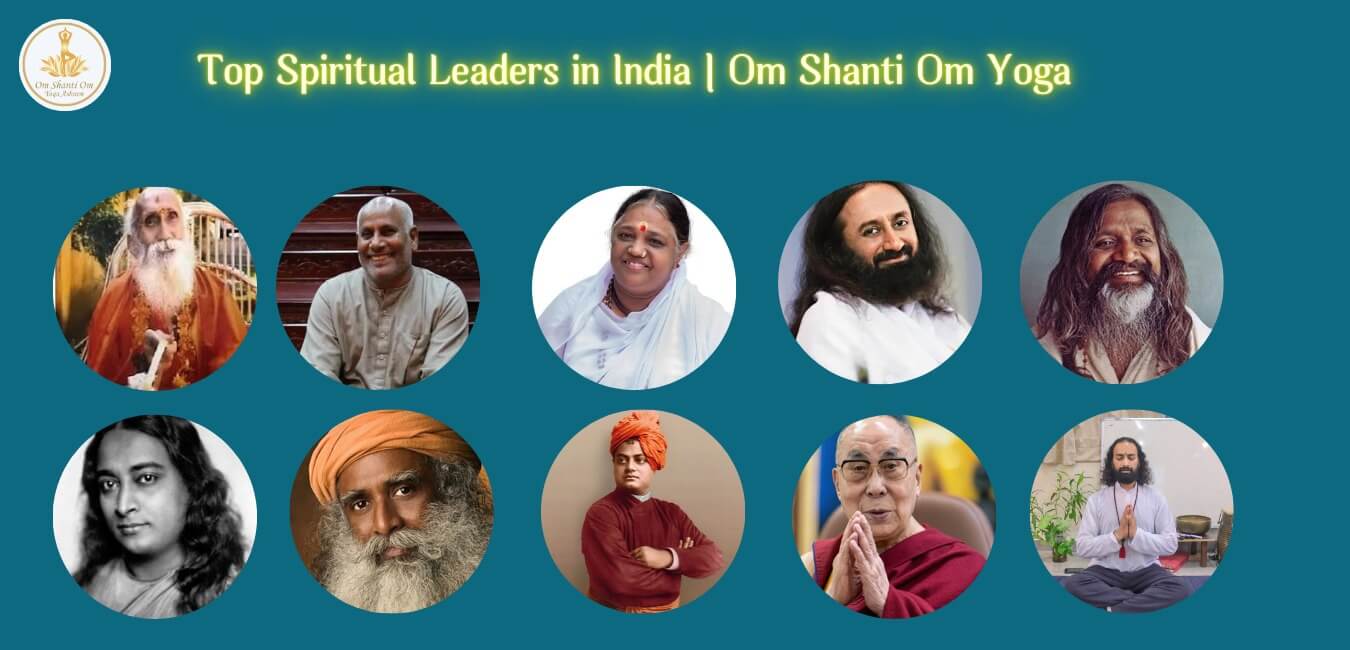
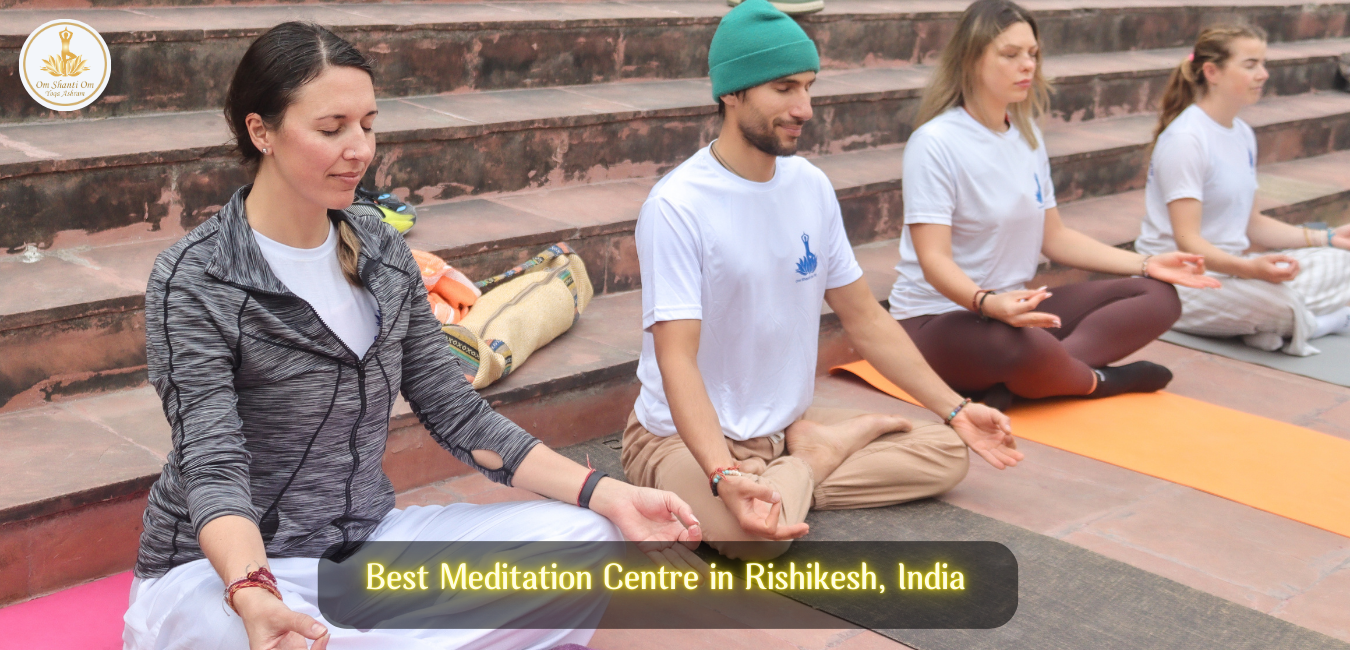

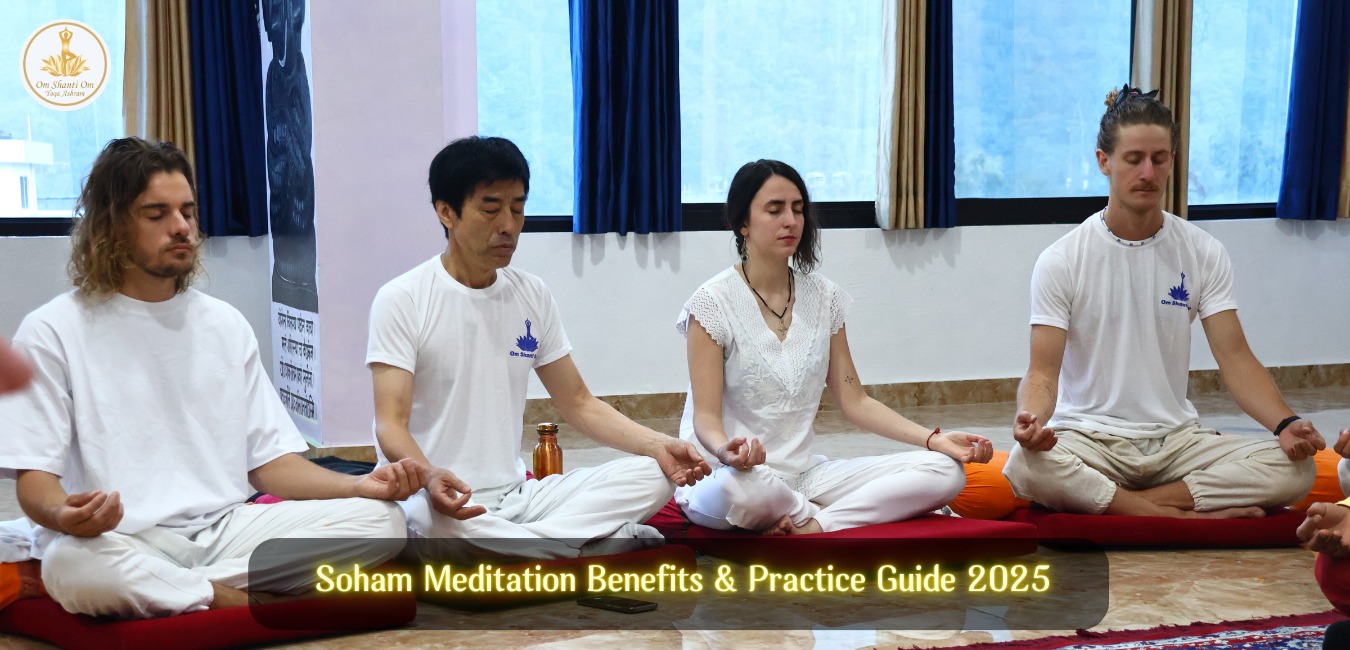

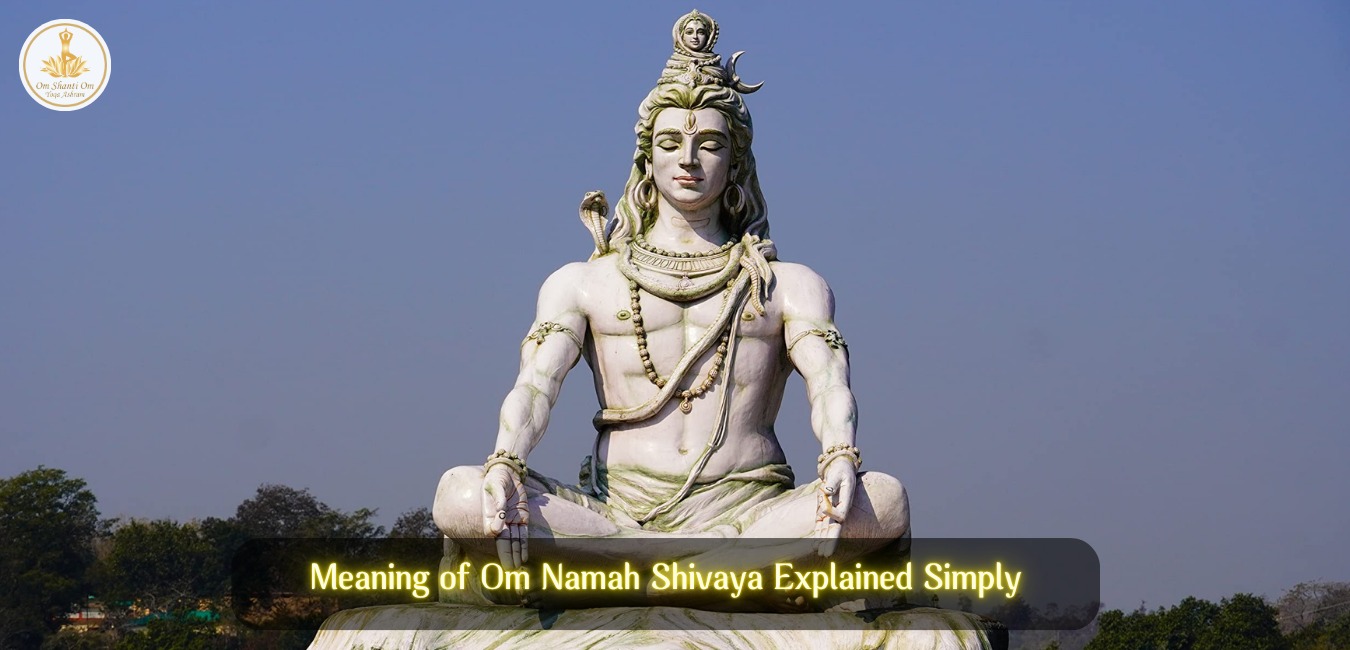
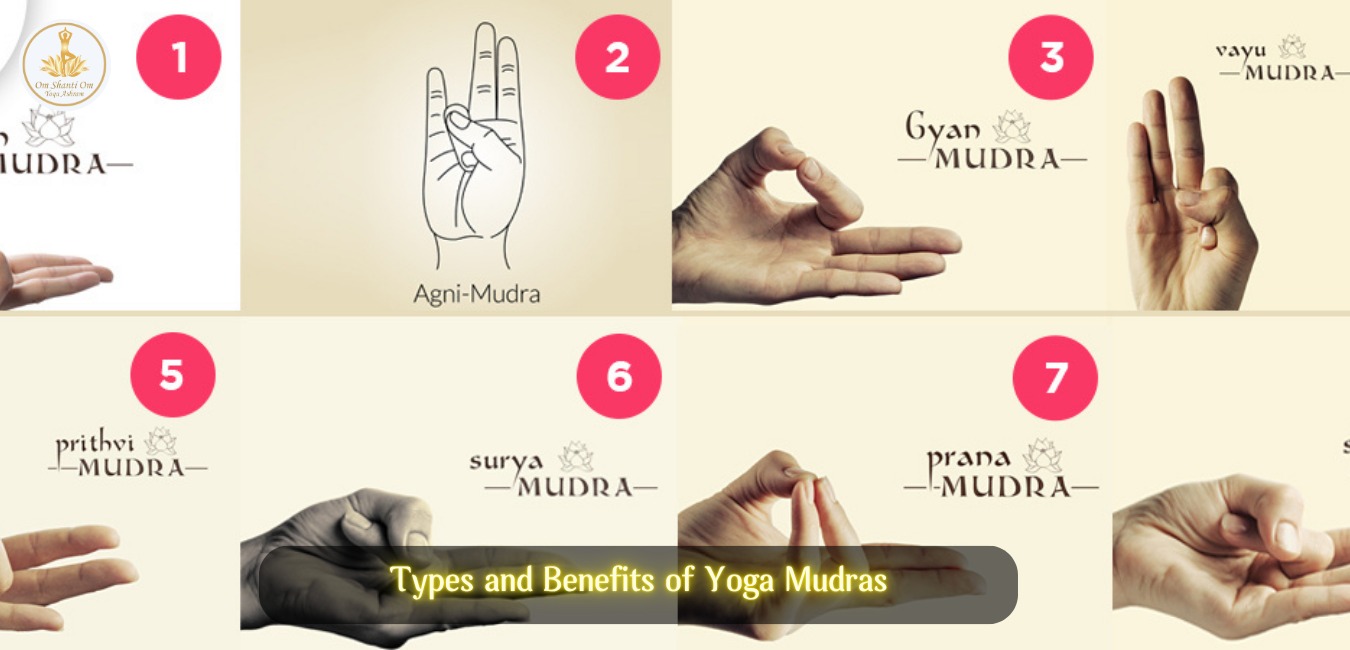
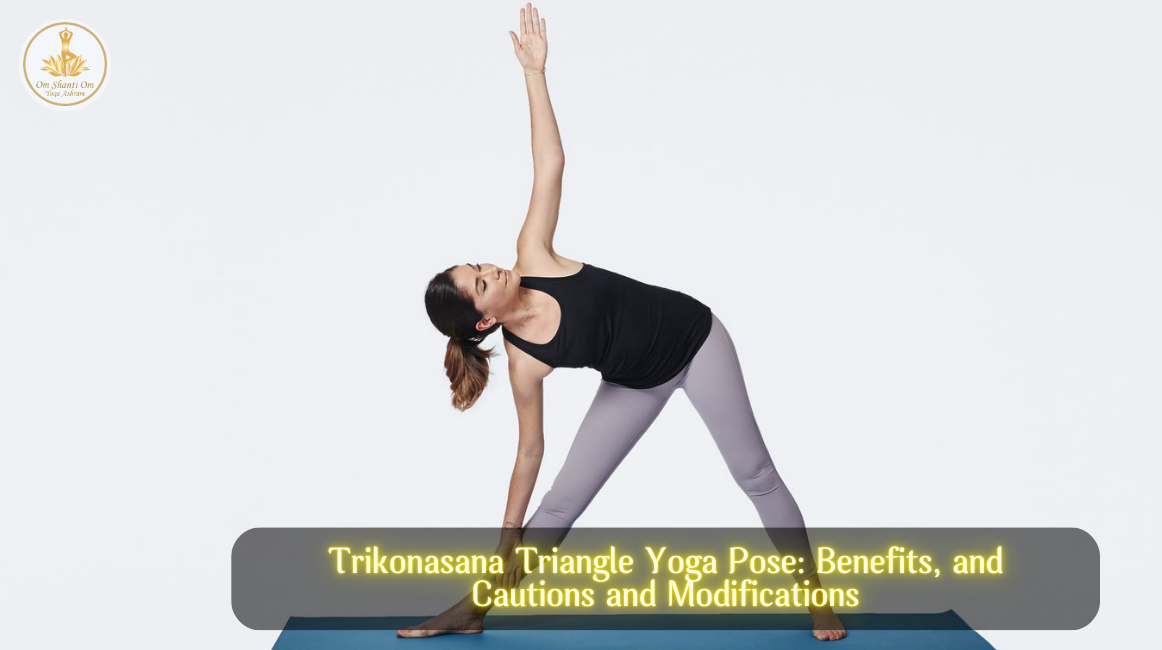


0 Comments
No comments yet. Be the first to comment!